King among trees
The silver Birch. (Betula Pendula)
Genus- Betulaceae
The Silver Birch is one of the bushcrafters most beautiful and useful trees. It has been used for thousands of years to build canoes and containers, start fires, for medicine, provide sustenance, and make dyes; the fungi that grow on it have countless uses.
In this article, I hope to show you what this tree is all about and why (IMO!) it deserves the title of king among trees.
Overview
Fully grown specimens can take anywhere from 80 to 100 years to mature, reach heights of 30 metres, and spread to 20 metres wide. The oldest known Birch tree is thought to be over 130 years old.
It has dark green glossy triangular to oval-shaped leaves, up to 6cm long, which are finely double-toothed and turn a golden yellow in the autumn.
In spring, its tiny flowers are almost invisible inside the catkins. The male catkins are yellow and droop down, and the female catkins are green and point up but later droop. Later in the year, the catkins turn brown and develop into the tree’s seeds. The bark is white and smooth, with the occasional blemish. As the tree ages, the bark will become broken and start to form dark brown to black tears; this will be most prominent at the base of the trunk.
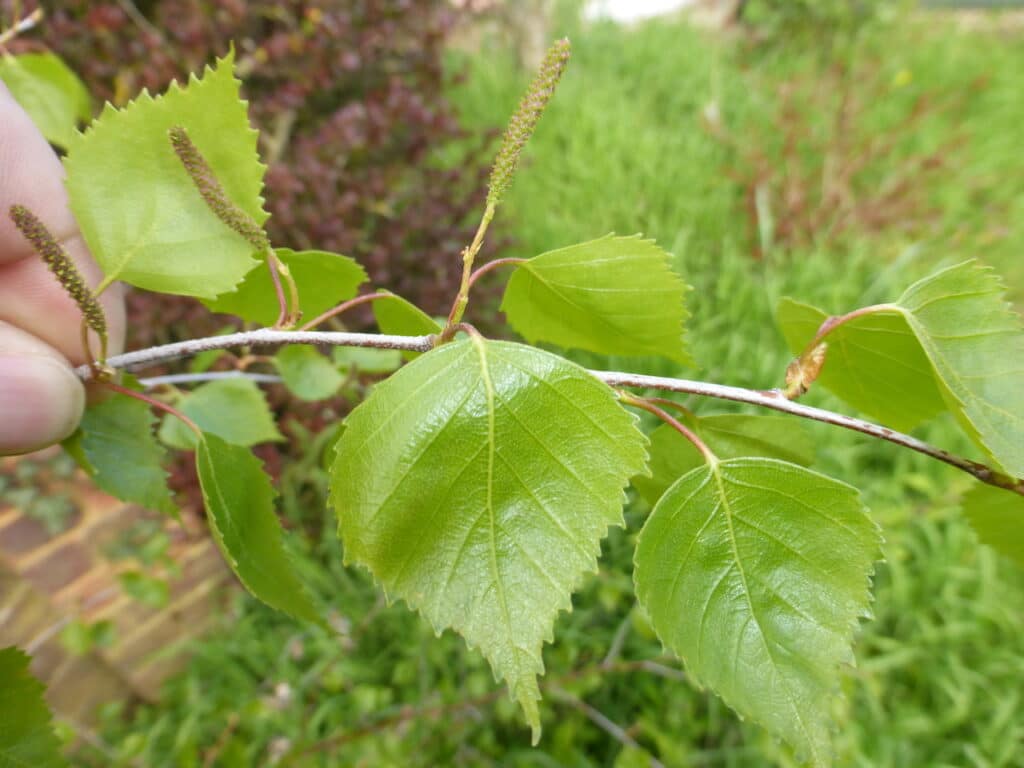
Its common name is easy to understand as the bark is silvery to white in appearance; this makes them easy to identify from a distance when surveying from open ground.
The Latin name – Betula Pendula – is more descriptive of its pendulous branches and catkins, which droop down towards the ground at their ends. All other members of the Betula family’s branches point outwards or upwards with little downward bend. The Betula portion of the name comes from the Latin bitumen, meaning mineral pitch or tar, because the Gauls often made a kind of bitumen from the Birch. The Celtic word for Birch is Betu.

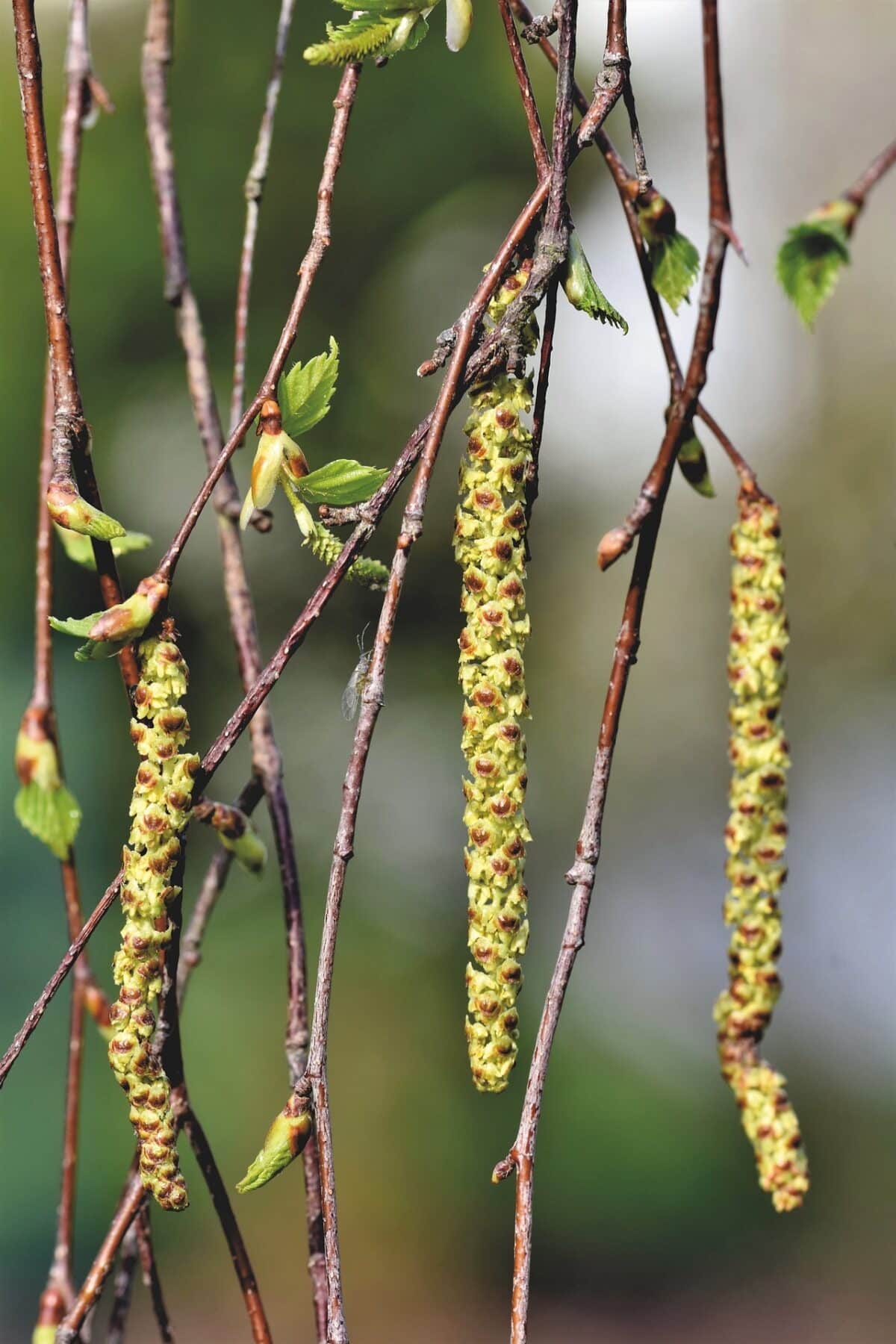
Bark
The white powdery bark contains the greatest concentration of Betulinic acid, which is non-soluble in water. You often see trunks lying on the woodland floor with the heartwood inside wholly rotted away. This is because Betulinic acid helps provide an excellent habitat for small mammals and an extensive array of insects. This is also why humans have used the bark for thousands of years to make everything from small containers to 15-man canoes. The bark grows thicker in colder climates, so the further north you go, the thicker the bark will be, which is all the better for building canoes.
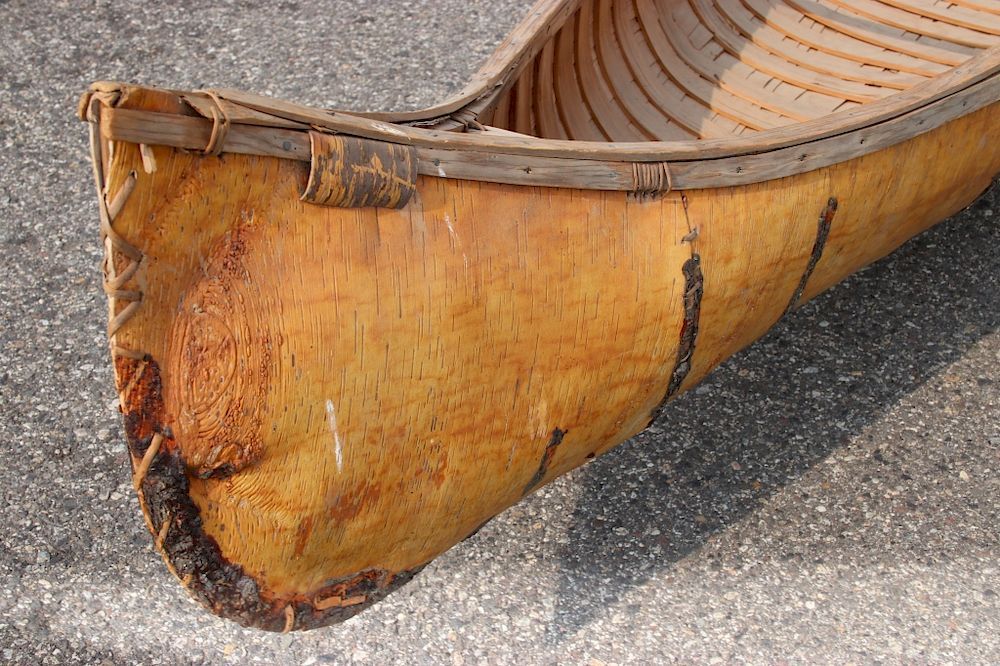
Containers
The containers were used to boil water with the addition of stones heated in a fire and then cycled through the water to achieve a boil. This system was used before some native cultures had metal or clay pots. They would also be used as baskets for collecting berries, nuts, or anything else these hunter-gatherers need to transport or store. A section of bark would be cut, shaped, and stitched together with split roots or other natural cordage. To make the container watertight, a mixture of pine sap and charcoal powder was used as a glue and sealant on open seams.

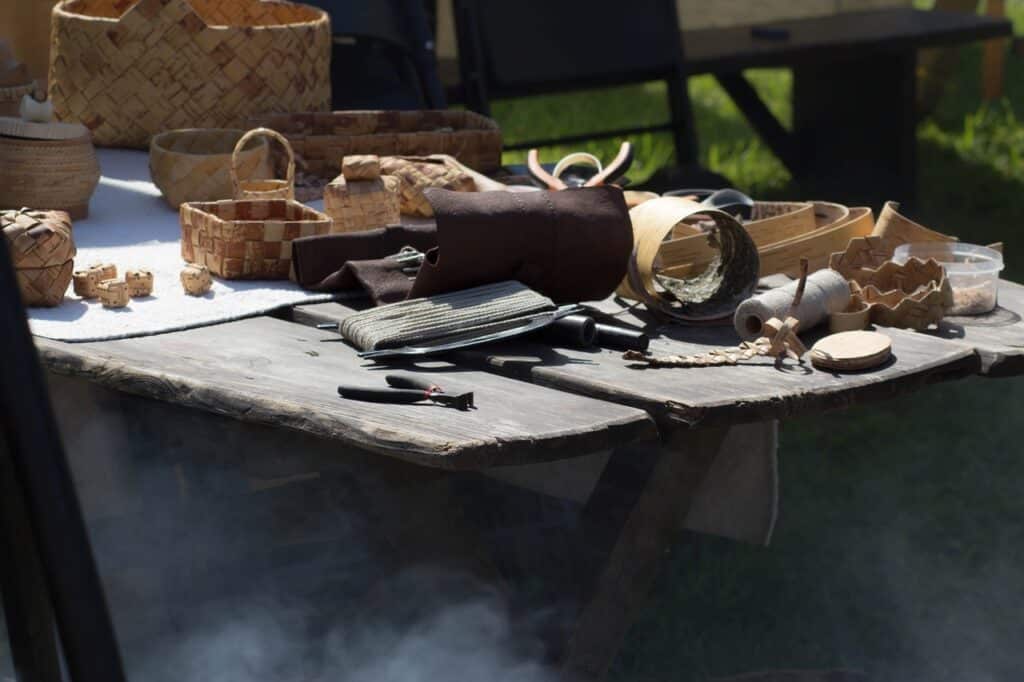
Canoes
The canoes started as small one- or two-person boats with a similar construction to the containers, although they needed to be strengthened with an internal frame. I would have loved to have been there when the idea of making an oversized container to go for a paddle was born. Native people used them for fishing, gathering wild rice, and generally getting about on the lakes and rivers.
Big Canoes and Hats
In the 18th and 19th centuries, larger 15-man canoes were built for use in the fur trapping industry. The mountain men and natives were working tirelessly all over North America, trapping Beaver and other animals. Beaver trapping was driven by the strange notion that having a tall hat denoted stature, and the hatters of London and Paris needed the very particular fur that Beavers have to make a stiffer felt and thus, a taller hat could be made. Larger vessels were needed to transport the heavy bales of animal pelts down long rivers to trade posts and then on to ships to be sent to Europe.

Frances Anne Hopkins (1838-1919), Shooting the Rapids (Ouebec) (1879), Wikimedia Commons
Fire
The bark can be used to make fire; when scraped up into a small fluffy pile with a knife, it will very easily take a spark from a ferrocerium rod. You can extend this by tearing up small strips of bark and adding them to the pile. The twigs of the Birch are also very flammable and can be used for your second stage; they go up with a satisfying crackle. They are great if you need to get your kettle up to a boil if it’s been sitting over embers for a while.
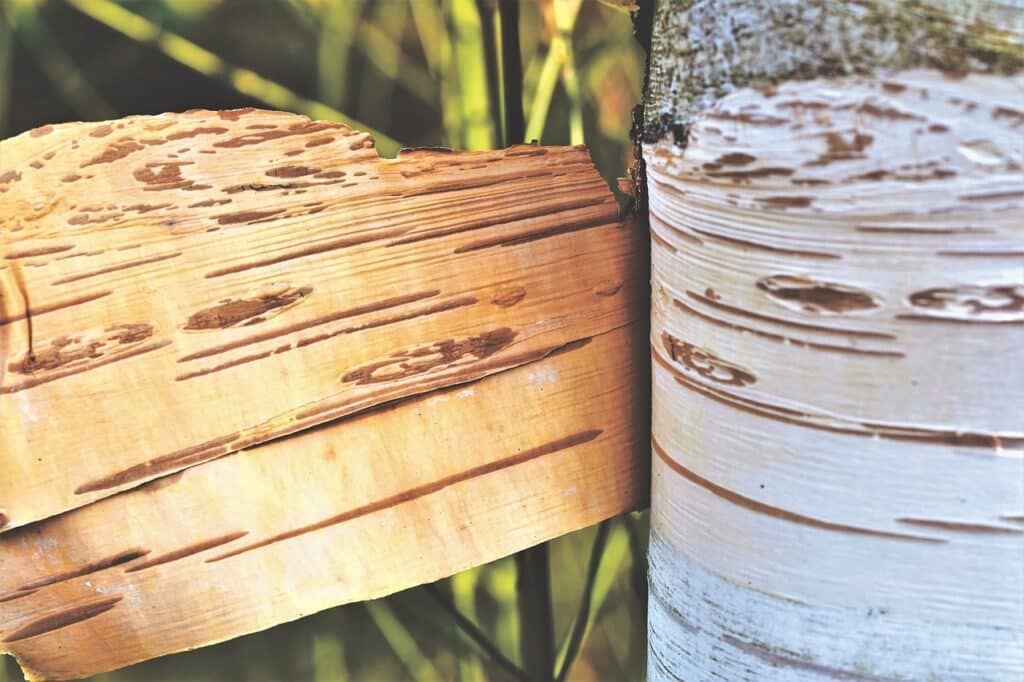
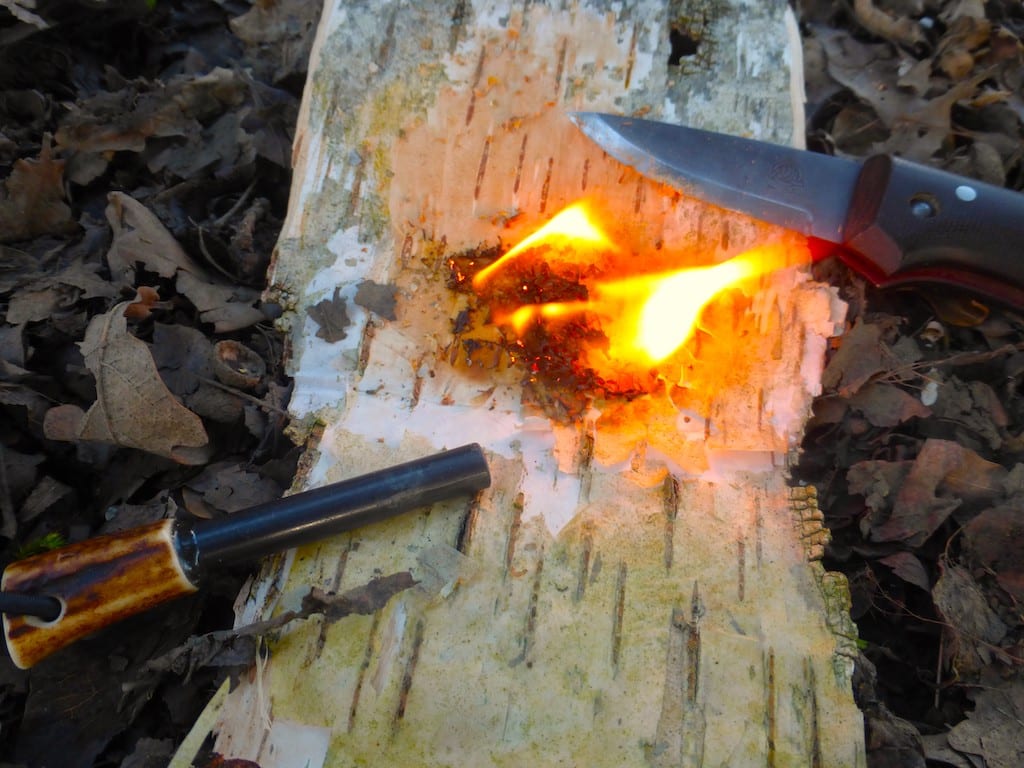
Wood
Many people think the silver Birch is a soft, fast-growing tree, but actually, it’s classed as a hardwood. Maybe not as stout as the mighty English oaks, but nonetheless still a hardwood. It makes good embers and is excellent for roasting and slow cooking combined with a Dutch oven.
It is a lovely wood for carving and works well for making a bow drill set.
Sap
The best time to harvest Birch sap in the UK is in early spring, usually towards the end of February to the beginning of March. Just as the buds are starting to open and the leaves are unfurling. There are a few different ways to collect the sap; manufactured taps can be purchased if needed to make things easier. The two main methods are to place a tap into the tree trunk by drilling into it and setting a tap. The less disruptive but slower way to collect is to cut a lower branch. These techniques rely on how the tree pulls the sap from its roots via a capillary action. The sap is then collected in a container and utilised in several ways.

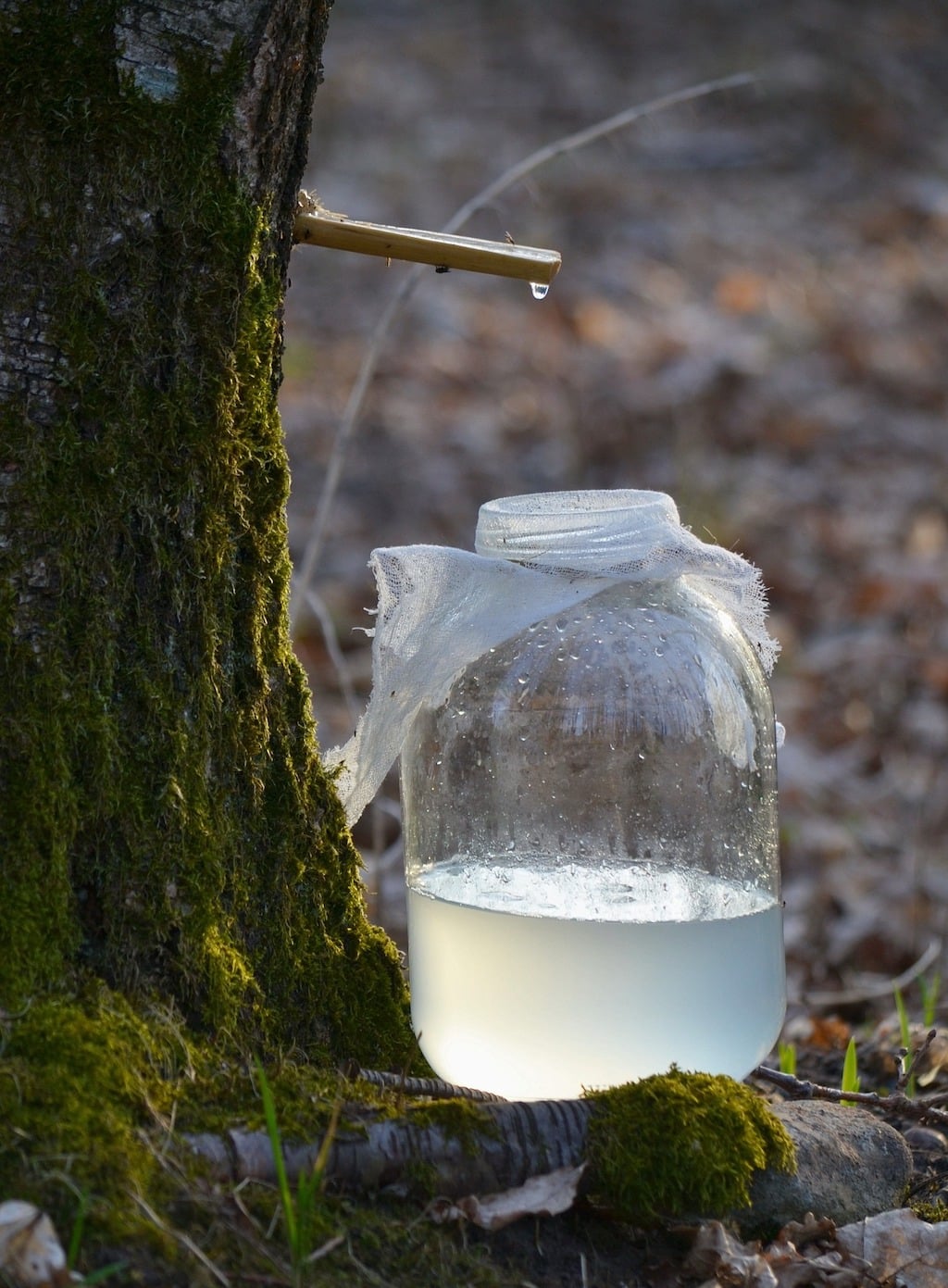
It has been drunk in the spring after the long, cold winter for thousands of years. It contains many minerals and vitamins and has been used for various ailments, from hair loss to lung disease, infertility, and gout. In the past, it was traditionally given to newborn children as their first drink. It can also be fermented into wine or beer and boiled to make syrup. Birch sap contains only about one per cent sugar, so it’s great to drink if you are on a diet.
Fungi
Many different species of fungi will grow on Silver Birch, but for our purposes, we will look at the three most useful.
Horse Hoof Fungus (Fomes fomentarius)
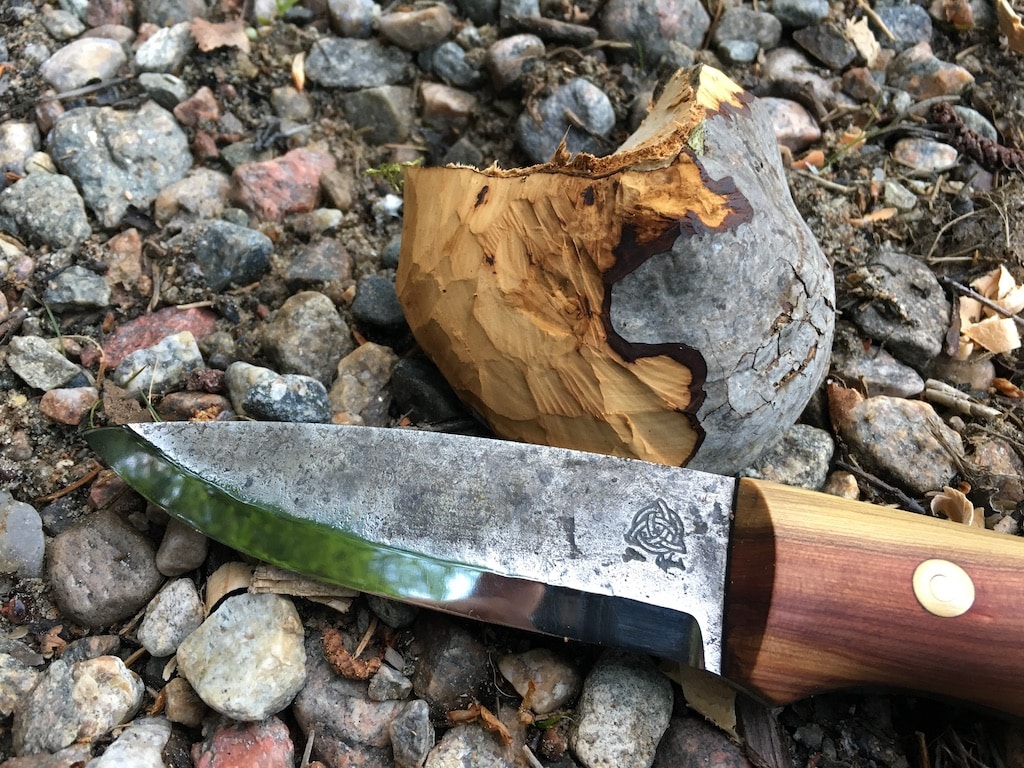
They are also known as the Tinder fungus, Tinder Polypore, False Tinder Fungus, and the Iceman Fungus. It has been used for thousands of years as a tinder to catch a spark from flint and iron pyrites. It was found in a pouch on the body of Otzi the Iceman, who lived about 5,300 years ago. It’s still used today in tinder boxes all over the world. It was first documented about 2,500 years ago by Hippocrates, who used it to cauterise wounds and for its anti-inflammatory properties. Ancient Indian and Chinese medicine used it for a variety of cures, from constipation to early treatments for cancer.
Cutting away the hard outer shell of the fungi and trimming off the spongy layer underneath, when boiled in water and dried, results in a material called Amadou.
Amadou can be used as a tinder and, in larger sections, can be stitched together to make hats and even clothing. Traditional fly fisherman use it in their fly boxes to dry their flies and stop the hooks from rusting.
Birch Polypore (Fomitopsis betulina) previously (Piptoporus betulinus)
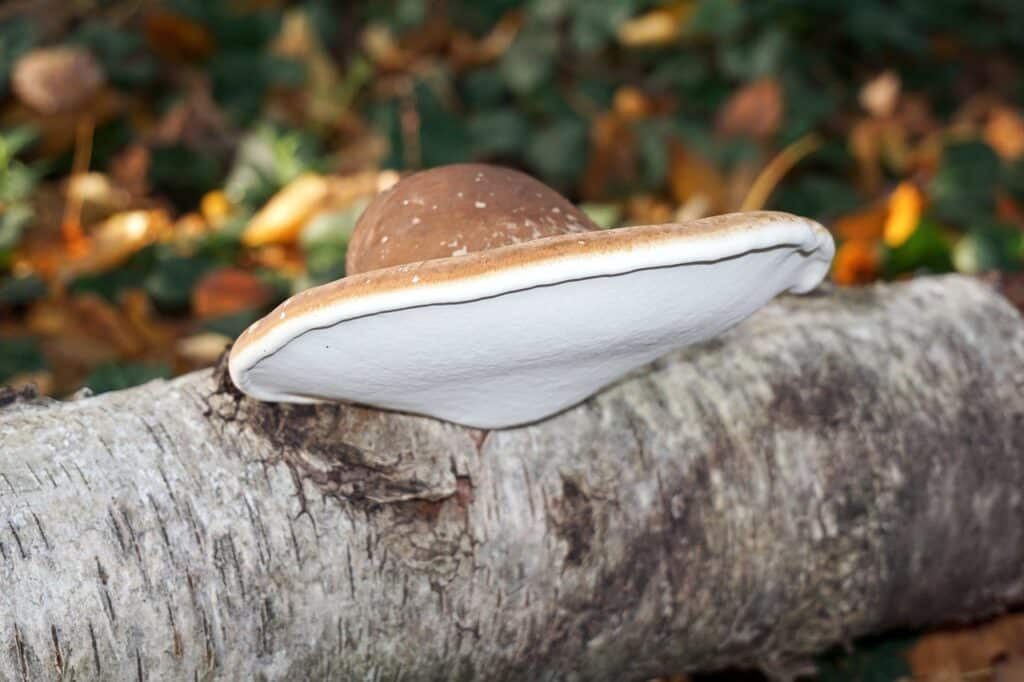
Its common name is the Razor strop fungus; this is because, back when people used straight razors for shaving, they would use this fungus to strop the razor’s edge to bring back its sharpness. They took a dried section of the fungi about four inches by two inches (100x50mm) and glued it down onto a flat piece of board with a handle. This obviously could still be used for your knife in a bushcraft setting and is an excellent project for the woods.
Another excellent use for these fungi is to make an alternative to a plaster or Band-Aid. Use the soft, white underside to make your plaster and cut out the desired shape. Peel back a thin layer and wrap it around your finger or, place it over the cut and wrap it with a bandage, or hold it in place with cordage.
Our friend Otzi the Iceman also had some of this fungus in his pouch, as it can be used to treat the parasitic whipworm he was afflicted with.
Chaga (Inonotus obliquus)
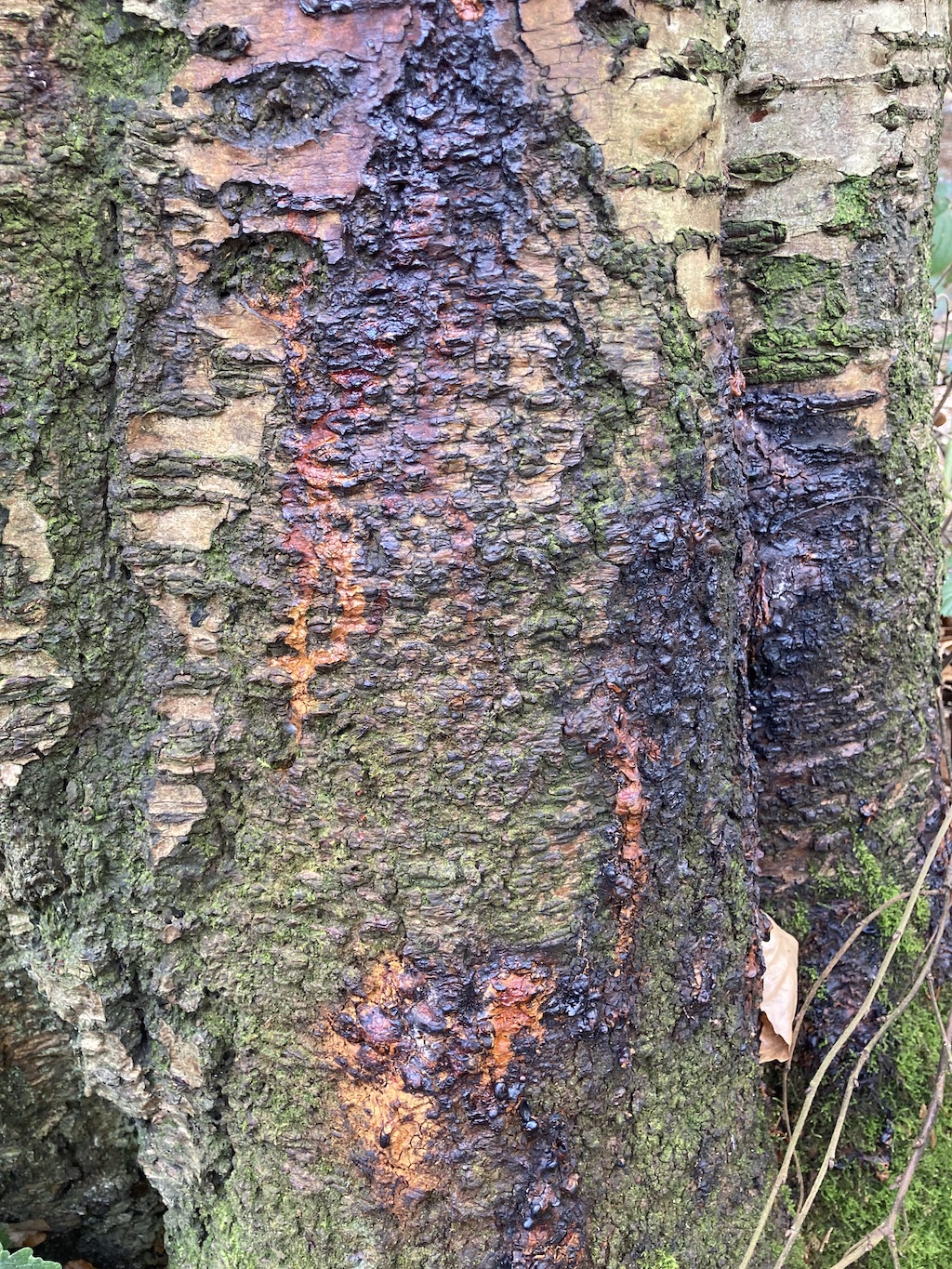
Chaga is a fungal infection that eats away at the heartwood of the Birch tree and is often difficult to see at first glance. It can be identified as copper to black staining on the trunk. Mature Chaga will erupt from the trunk as a rough black canker, anything from the size of a tennis ball to a football.
Pieces can be ground down to be brewed into tea. The tea has many medicinal uses, and several studies have found that it has anti-cancer and anti-inflammatory properties and lowers blood pressure. Please be aware that taking Chaga often can be dangerous if taken with other medicines and if you have existing health concerns. Consult your doctor or pharmacist before taking it on a regular basis. Also, please remember that I am not a medical professional, so none of this is medical advice.
Chaga can also be used a tinder and is sometimes called the true tinder fungus. To achieve this, just scrape off a small pile of dust about the size of a 50-pence piece 27mm) with your knife, then drop sparks from your flint and steel set or ferro rod onto the pile; this can then be transferred to a bird’s nest bundle and blown into flame.
Leaves

The leaves have two major uses, a medicinal tea can be brewed and for dyeing cloth.
When making Birch leaf tea the best thing to do is collect your leaves while they are fresh and bright green in the early part of the summer. You can either use them fresh or dry them to use later.
- Use around five leaves for each mug of water.
- Pour the boiling water over the leaves and let them steep for at least ten minutes.
- If you want to, you can add some honey or lemon juice to taste.
- Drink three to four cups daily for urinary infections, arthritis, gout, or fluid retention.
Just follow these easy steps when using it as a dye for natural yarns and cloth, such as wool and cotton. This will give you a rich yellow-to-green colour when fixed.
- Preparation: Wash the cloth as hot as you can. Wool and silk at 30 degrees with wool detergent. Cotton and linen at up to 90 degrees.
- Soak 100 grams of Birch leaves overnight in 3-4 litres of cold water.
- Heat the mixture slowly and then simmer at about 80 degrees for 45 minutes, then allow to cool and strain out the leaves. Keep the liquid.
- Put the leaves into a muslin bag and add them to the liquid.
- Add the cloth or yarn back into the mix and reheat to about 70 degrees, let simmer for about 45 minutes, and then allow it to cool.
- Remove the fabric from the cooled mix and either dry unwashed or wash and then dry.
- The oxidation process while drying helps to fix the dye.
Resource management
Please always remember to source the different parts of the tree responsibly and only take what you need. Never take the bark from living trees; this can allow bacterial and fungal spores to enter the tree. If you are tapping for sap, plug the hole as cleanly as possible to prevent the tree from bleeding out.
Thanks for taking the time to read this article. I hope you found it helpful or gave you a different perspective on this glorious tree.
Birch Bark Teepee
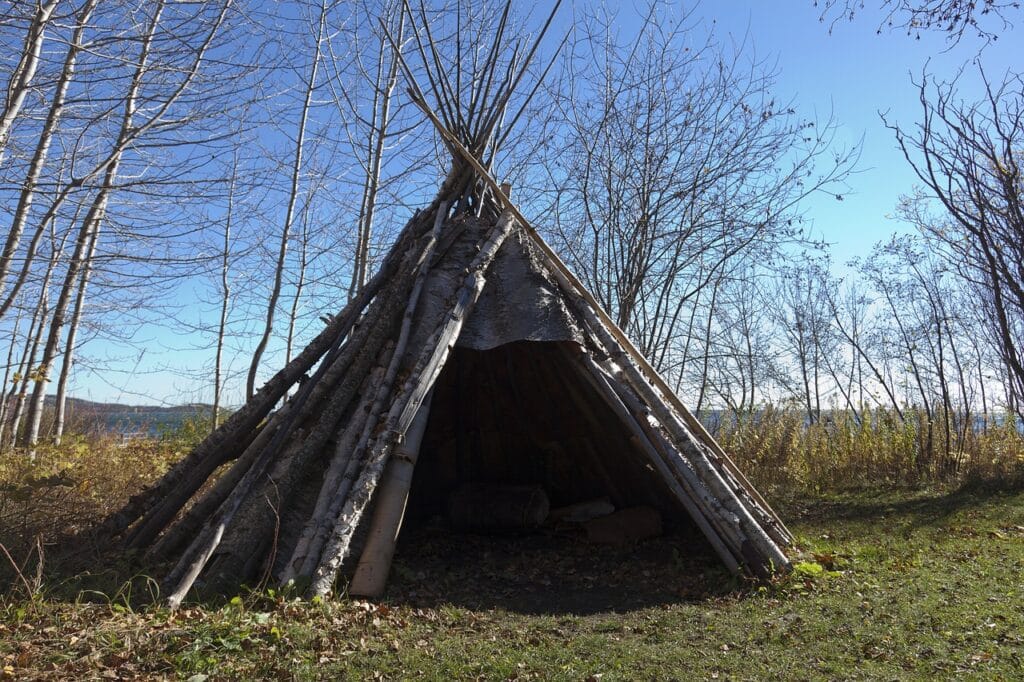

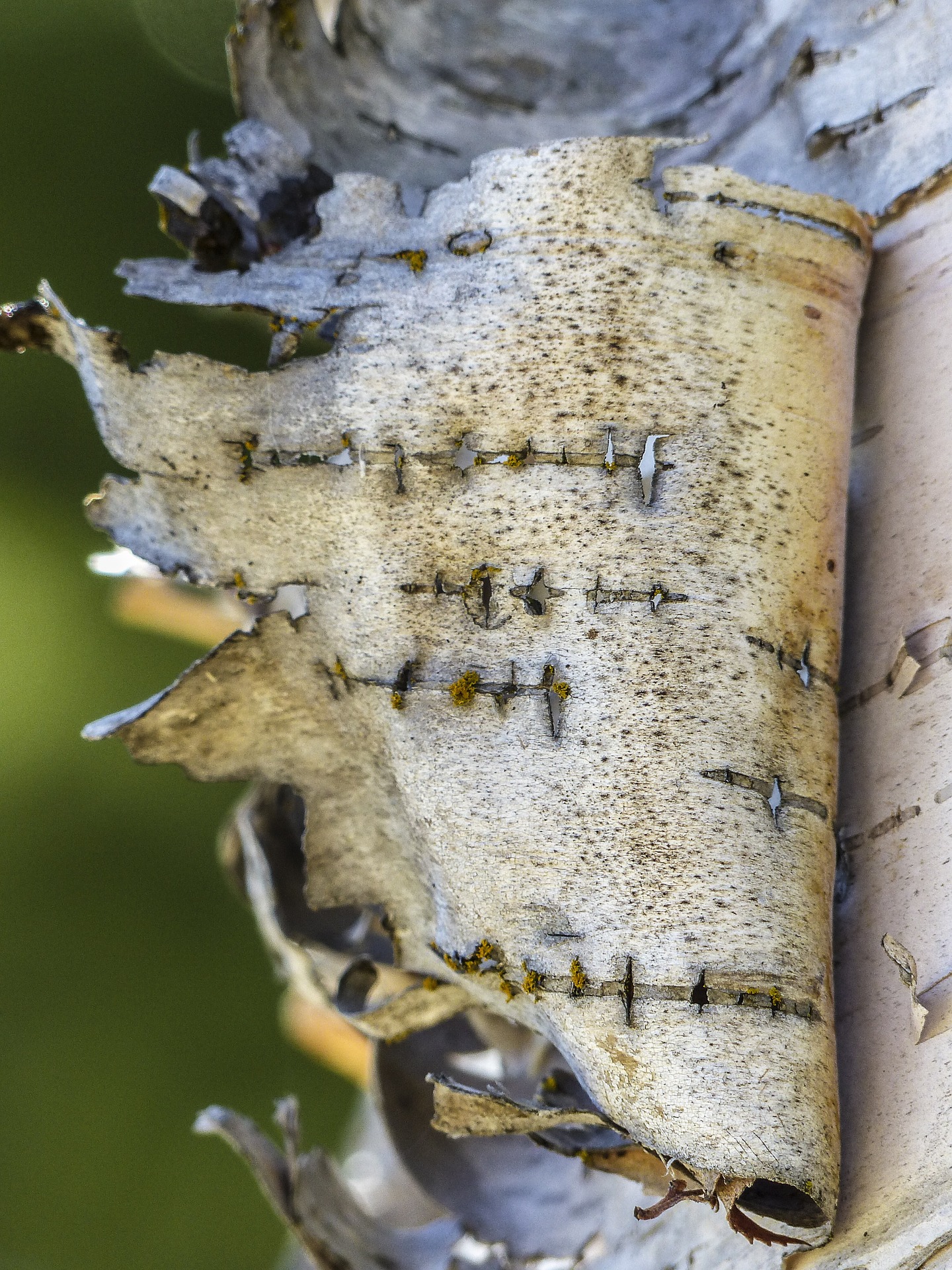

 BEN CLARKE
BEN CLARKE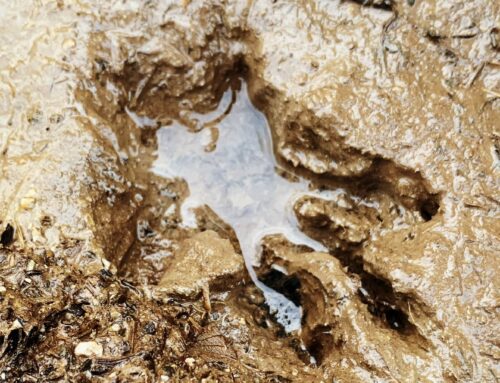
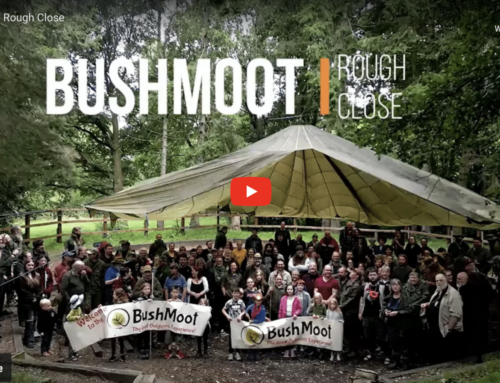
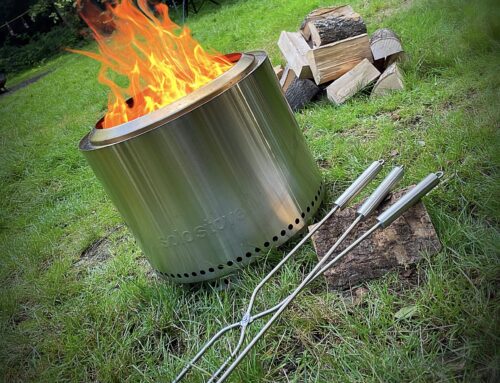
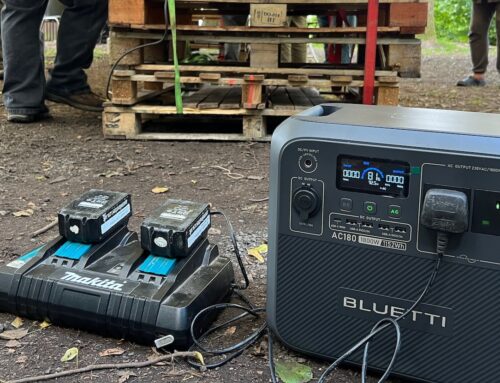
Leave A Comment
You must be logged in to post a comment.